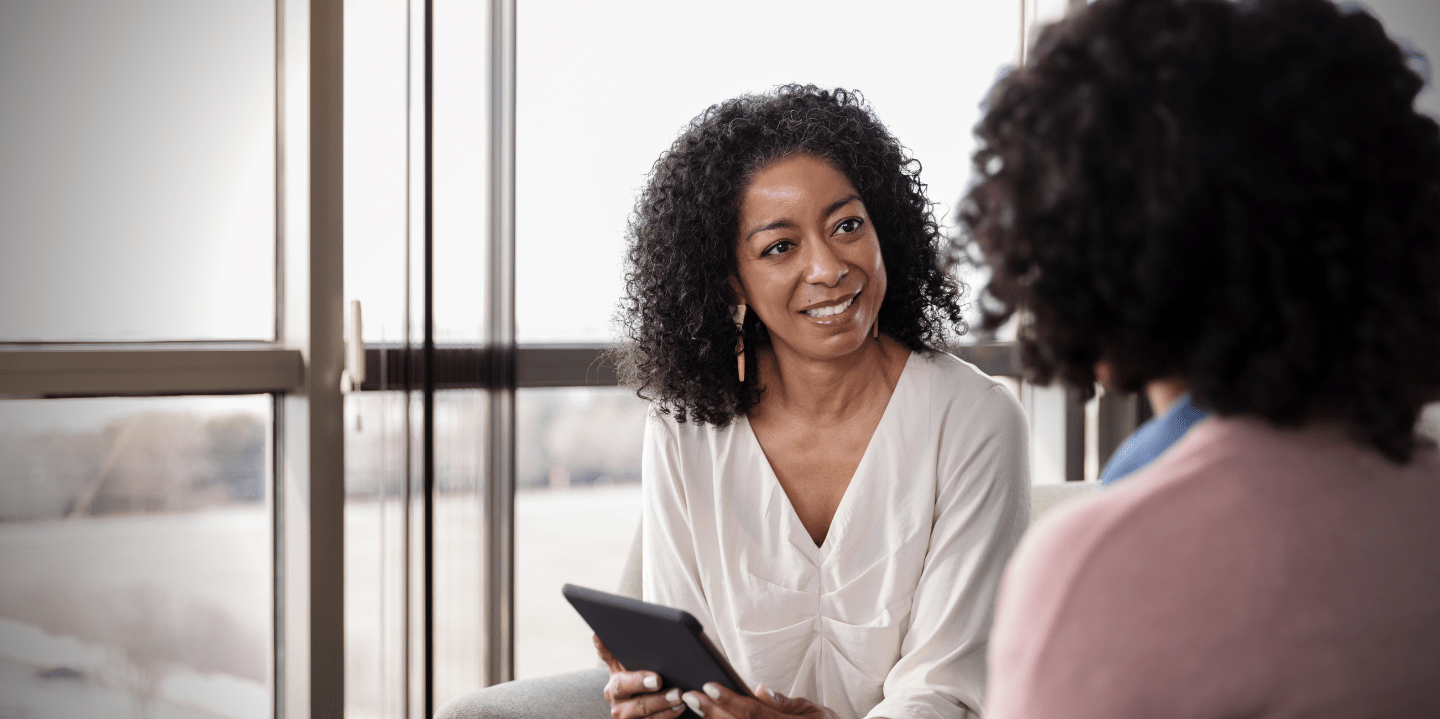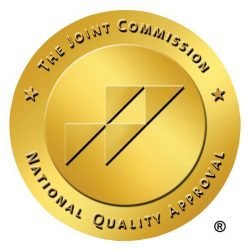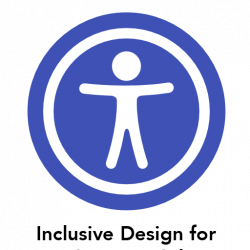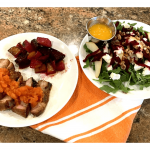
Representation Matters in Eating Disorder Recovery
(And everywhere else, for that matter)
This piece was originally written for and published in the Central Texas Eating Disorder Specialists (CTEDS) Newsletter, June 2020.
I am a Black woman working in the mental health care space; more specifically, I am one of the very few Women of Color (WOC) working in the eating disorder treatment field. I am definitely the exception, but I’m here to change that.
Be honest. When you picture someone struggling with an eating disorder, who do you see? Probably not a Person of Color (POC), right? You’re not alone. For a long time, eating disorders have been associated not only with a particular gender but with whiteness and a certain level of affluence as well.
Meanwhile, we know the reality is that eating disorders- like all mental illness- do not discriminate. So why the disconnect?
I am passionate about empowering marginalized and underserved communities. When I stepped into my current role, I was eager to find out why there aren’t more black and brown faces in the eating disorder treatment community. There is very little diversity in the field of dietetics in general. According to The Commission on Dietetic Registration, there are roughly 100,000 Registered Dietitian and Registered Dietitian Nutritionists, with only around 2,000 of them being Black.
That’s just 2%.
I have an important message for the entire eating disorder community:
Representation matters!
Healing from an eating disorder requires safe mental and emotional space. When a group of people are over- or, in this case, underrepresented in a space, it impacts how they are viewed by society and how they view themselves. It can be invalidating and very dangerous- especially when we’re talking about mental health. A 2006 study on racial bias in Clinical Dietitians showed that when presented with identical case studies demonstrating disordered eating symptoms in white, Hispanic, and Black women, only 17% identified the Black woman’s behavior as problematic. In turn, the clinicians were also less likely to recommend that the Black woman should receive professional help. [ii] This is very troubling because this leaves so many Black women that are struggling unidentified by their dietitian and that is if they even get to that step. This is a problem. What do we do?
STEP ONE: Diversity
Increase ethnic and racial diversity in the field. Diversify Dietetics is a great resource to learn how. Students of Color entering the field need mentors and other resources to help them become Registered Dietitians and Registered Dietitian Nutritionists. By making way for and supporting this new talent, we ensure that future clients struggling with eating disorders will find representation in their treatment team, and that means more than you can possibly imagine if you’ve never experienced an acute lack of representation. Donate or lend your expertise by being a mentor!
STEP TWO: Education
“Education is the most powerful weapon which you can use to change the world.”- Nelson Mandela. Step out of your comfort zone and read about how race, ethnicity, and class can shape one’s relationship with food, eating, and their body. I’ve included several books in the resource section, one of which being: Not All Black Girls Know How to Eat: A Story of Bulimia by Stephanie Covington Armstrong. You can also learn from Black and Non-Black POC in the field. If you’re on Instagram, a few hashtags to follow are #diversifydietetics, #haesincolor, #rdsofcolor, and #amplifymelanatedvoices.
STEP THREE: Advocacy
I love Dr. Sand Chang’s (@heydrsand) list of ways to help advocate for POC or other marginalized groups when asked to present or seek to hold a conference or training. Some of them include:
- Am I the right person to speak on this topic?
- Does my training/content center marginalize people’s experiences? Or is it just an add on?
- What are you doing to ensure diverse representation among presenters? Ask for specifics. Who are your keynote speakers? What percentage of speakers are Black? Non-Black POC?
While this is just the tip of the iceberg in terms of diversifying health and wellness spaces and solving the problems this lack of diversity has caused over time, I do think it’s a good start. As long as we, as a field, remain teachable and willing to have these conversations, we can do better not only for our clients but for one another.
Our Recommended Articles
Start the road to recovery with Alsana.






